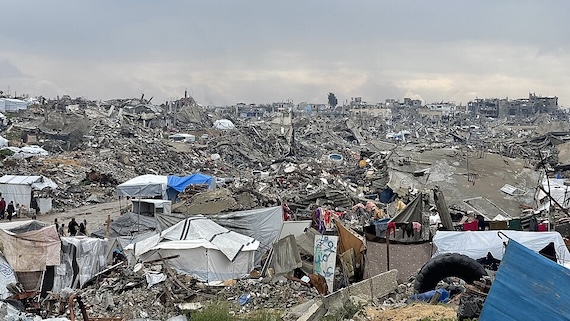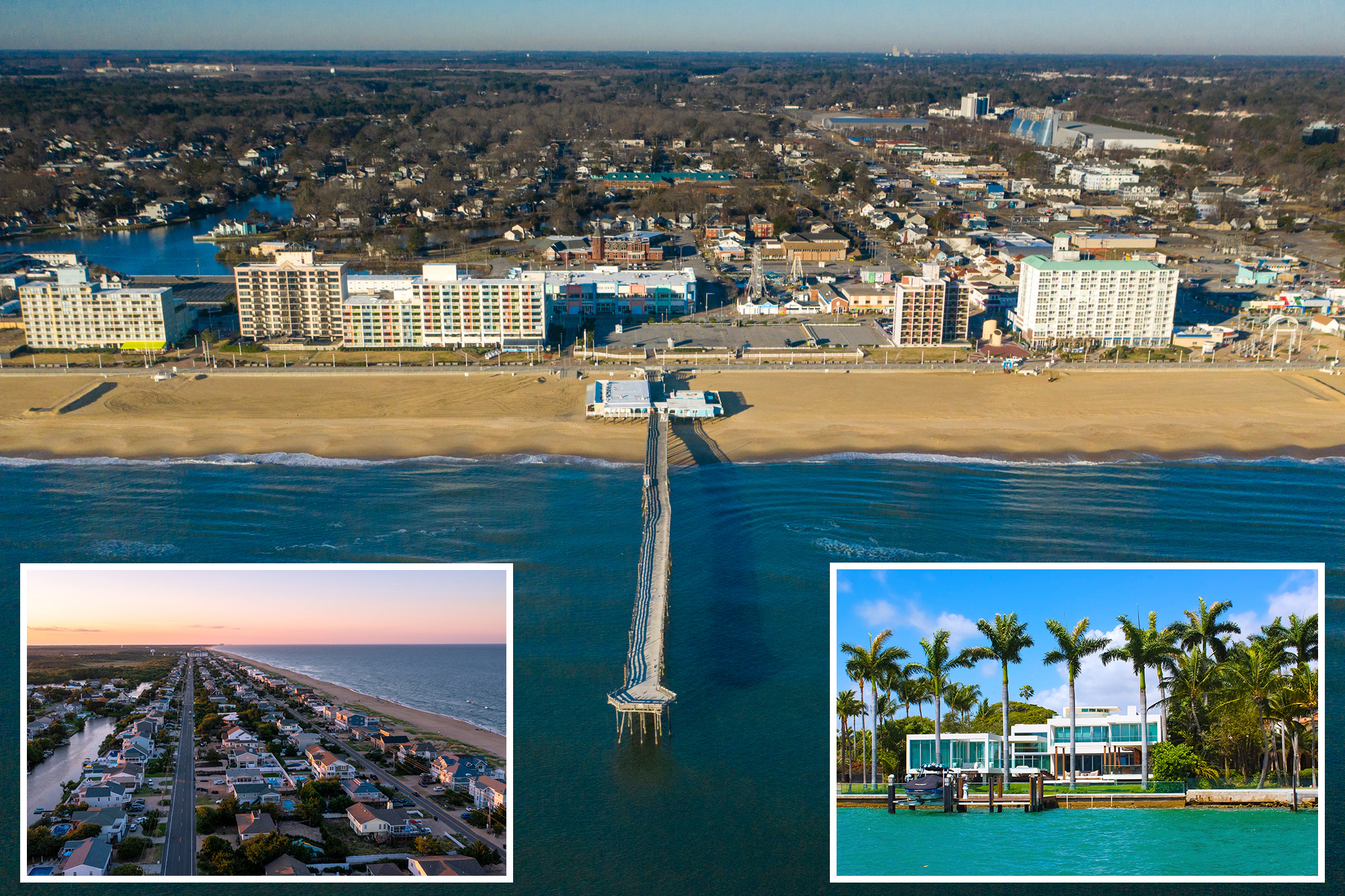W
hen the Gaza bombardment ends, the U.S. administration will launch a post‑genocide property development agenda. Tony Blair will serve as the public face, Jared Kushner as the commissioner, and the Trump White House as the architect.
In early September, Jared Kushner—Trump’s son‑in‑law and heir to a New York real‑estate dynasty—began coordinating with the U.S. government to plan Gaza’s future after two years of destruction. He had already acted as the U.S. intermediary for the Abraham Accords, which sought to normalize relations between Israel and Arab states. Netanyahu viewed the accords as a first step toward excluding Palestine from regional talks. The goal was to bring Saudi Arabia into the fold, but Gaza’s atrocities undermined that plan, leaving Riyadh with little incentive to destabilize a region that could harm its Vision 2030 modernization program.
In a recent “No Priors” podcast, Kushner said Hamas had been effectively destroyed and that the military victories could be turned into political gains, paving the way for full normalization with Saudi Arabia and Israel. Yet he is neither the first nor the last to profit from Gaza’s devastation.
Shortly after the October 7 attack, Israel’s intelligence ministry, led by Gila Gamliel, drafted a secret memorandum proposing the forced transfer of Gaza’s 2.3 million residents to Egypt’s Sinai. The memo urged the U.S. and other nations to support the expulsion as a “humanitarian necessity,” while an Israeli think‑tank framed the plan as a commercial opportunity aligned with the interests of Israel, Egypt, the U.S., and Saudi Arabia. The proposal sparked global outrage over ethnic cleansing, prompting Netanyahu’s cabinet to develop an alternative: the “Gaza 2035” plan.
In February 2024, Saudi Arabia, the UAE, Qatar, Jordan, Egypt, and the Palestinian Authority released a joint vision for rehabilitating Gaza and establishing a Palestinian state after the war. Netanyahu’s counter‑proposal highlighted Gaza’s historical role in trade routes and called for its reintegration into the regional economy under Israeli terms. The plan envisioned safe zones free of Hamas, humanitarian aid overseen by an Arab coalition, and a multilateral Gaza Rehabilitation Authority (GRA) that would exclude Hamas and the Palestinian Authority. Israel would delegate major infrastructure investment to Arab states, but the initiative failed to secure Arab or U.S. enthusiasm.
During a press conference with Netanyahu, President Trump declared that the U.S. would take over Gaza, dubbing it the “Riviera of the Middle East.” This vision, largely crafted by Kushner and unveiled in 2020, proposed annexing all Israeli settlements in the West Bank while offering Palestinians a semi‑contiguous state on the remaining land—effectively sidelining Palestinian leadership. Kushner, after leaving the White House, established a $3 billion private‑equity fund, Affinity Partners, investing in Israeli companies with $2 billion from Saudi Arabia’s sovereign wealth fund. By early 2025 he was building a Middle‑East business empire spanning Israel and Gulf states.
Despite Netanyahu’s bombing of Qatar, annexation of the West Bank, and ground invasion of Gaza City, Kushner continued to push for Saudi‑Israeli normalization, ignoring the harsh realities on the ground. His West‑Wing memoir, promoted by neoconservatives, portrayed him as a business‑savvy outsider with no political ambitions.
Israeli far‑right leader Bezalel Smotrich declared Gaza a real‑estate bonanza, advocating the restoration of Jewish settlements and the division of the enclave with U.S. support. He spoke at a Knesset conference titled “The Gaza Riviera—From Vision to Reality,” and at a Tel Aviv real‑estate forum, claiming a business plan was on President Trump’s desk. The White House maintained a cautious distance, but the administration’s financiers continued to back similar schemes.
To lend international credibility, the Trump administration commissioned former British Prime Minister Tony Blair. Blair’s Tony Blair Institute proposed the Gaza International Transitional Authority (GITA), modeled after Netanyahu’s GRA, to govern the Strip before handing it to the Palestinian Authority. Blair’s plan avoided forced displacement and framed the transition as a positive, optimistic project, though it effectively limited Palestinian participation under the guise of “reforms.” The ultimate goal was to secure Saudi Crown Prince Mohammed bin Salman’s involvement, keeping Palestinians marginal.
In August, Charles Kushner, U.S. ambassador to France, warned that recognizing a Palestinian state would embolden extremists and threaten Jewish life in France. French President Macron dismissed the criticism, arguing that Palestinian recognition was the only path to a political solution. This exchange highlighted two decades of Western diplomatic failure over Gaza: the 2006 elections that gave Hamas a majority, the subsequent blockade, and the U.S. and EU’s complicity in the 2023 atrocities.
Blair’s proposal, commissioned by Kushner, serves the Trump administration’s broader aim: to preserve the Abraham Accords and maintain a status quo that excludes Palestinian sovereignty. After two years of mass violence, such accords appear increasingly untenable.














